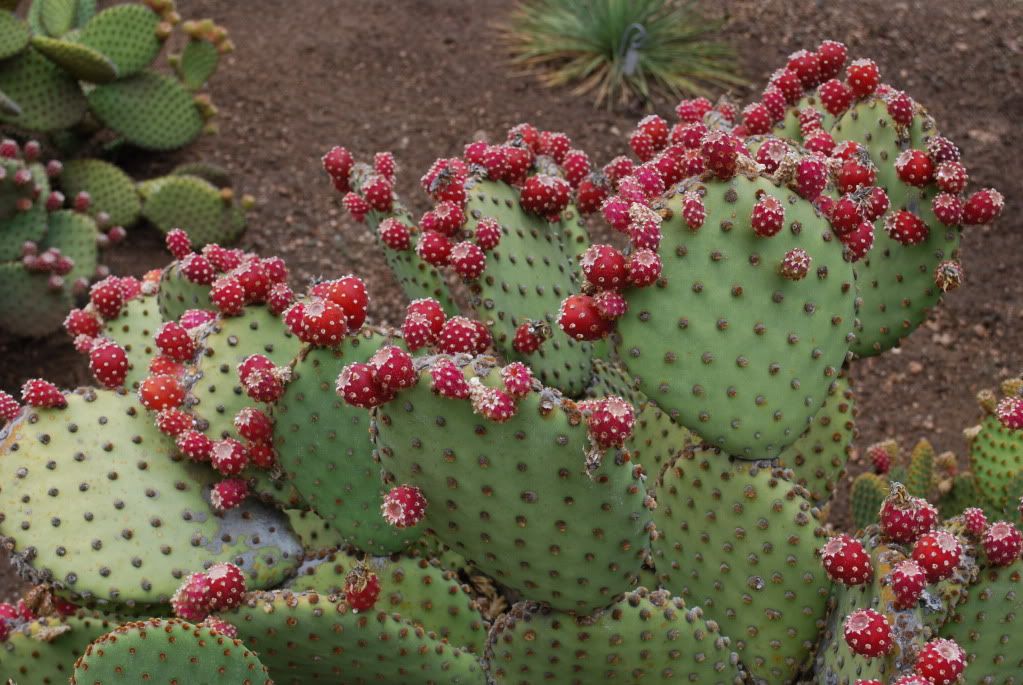
Opuntia microdasys forms a dense shrub 40–60 cm tall, occasionally more, composed of pad-like stems 6–15 cm long and 4–12 cm broad.
Opuntia microdasys has no spines, but instead has numerous white or yellow glochids 2–3 mm long in dense clusters; these glochids are barbed and thinner than the finest human hairs, detaching in large numbers upon the slightest touch. If not removed they will cause considerable skin irritation, so the plants must be treated with caution. Despite this, it is a very popular cactus in cultivation.
Glochids should be removed as soon as possible, before the onset of contact dermatitis which may persist for months if left untreated.
To minimize the potential misery, keep your hands wet while dealing with any plant with glochids like this.
The water on your wet skin softens on contact the tips of the very fine glochids,dramatically reducing their ability to actually penetrate the skin and stick. See Removal of glochidia

This cacti has no central stem or leaves. The individual segments which constitute the cactus body are oval shaped pads from which additional segments form. These new segments always grow in pairs, giving new growth areas the appearance of bunny ears. Newest segments grow in as a red color, and mature to dark green as they grow. Flowers will always sprout from the terminal ends of segment pads.

The Polka-dot Cactus covers its mature pads with closely spaced glochids, or small mounds of prickles that are designed to detach when impacted by something. Once fully formed, the glochids form on the new plant segment. The glochids are so loosely attached that a strong breeze can cause them to go airborne.
Flowers only bud at the termination points of fully formed segments. Budding begins in late spring, and culminates in early summer with 2 inch wide blossoms. These are a creamy yellow in color, and fade to peach once fertilized. Flowers will turn into 2 inch long fruits varying from purple to red in color. Bloom encouragement is not needed.
No comments:
Post a Comment